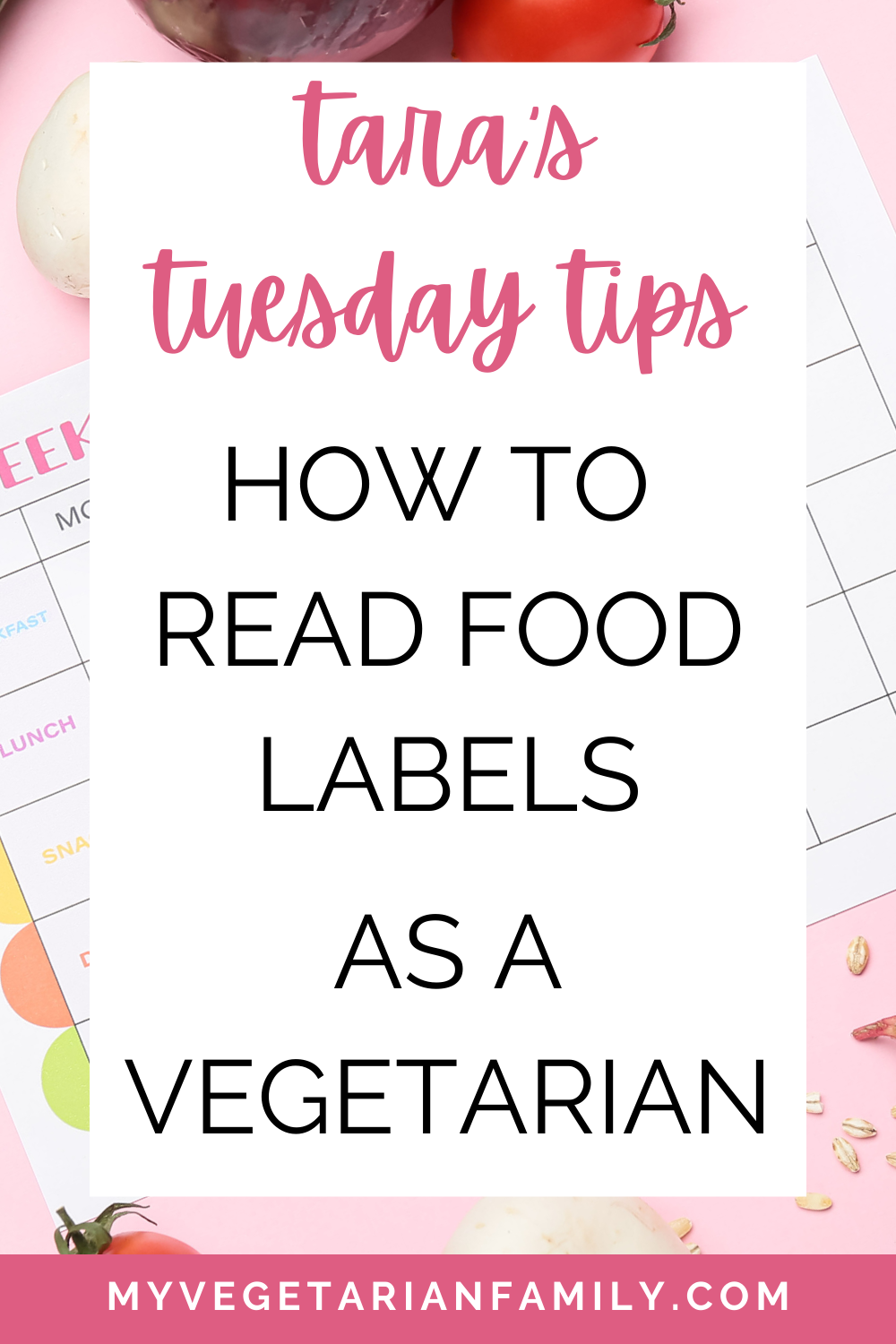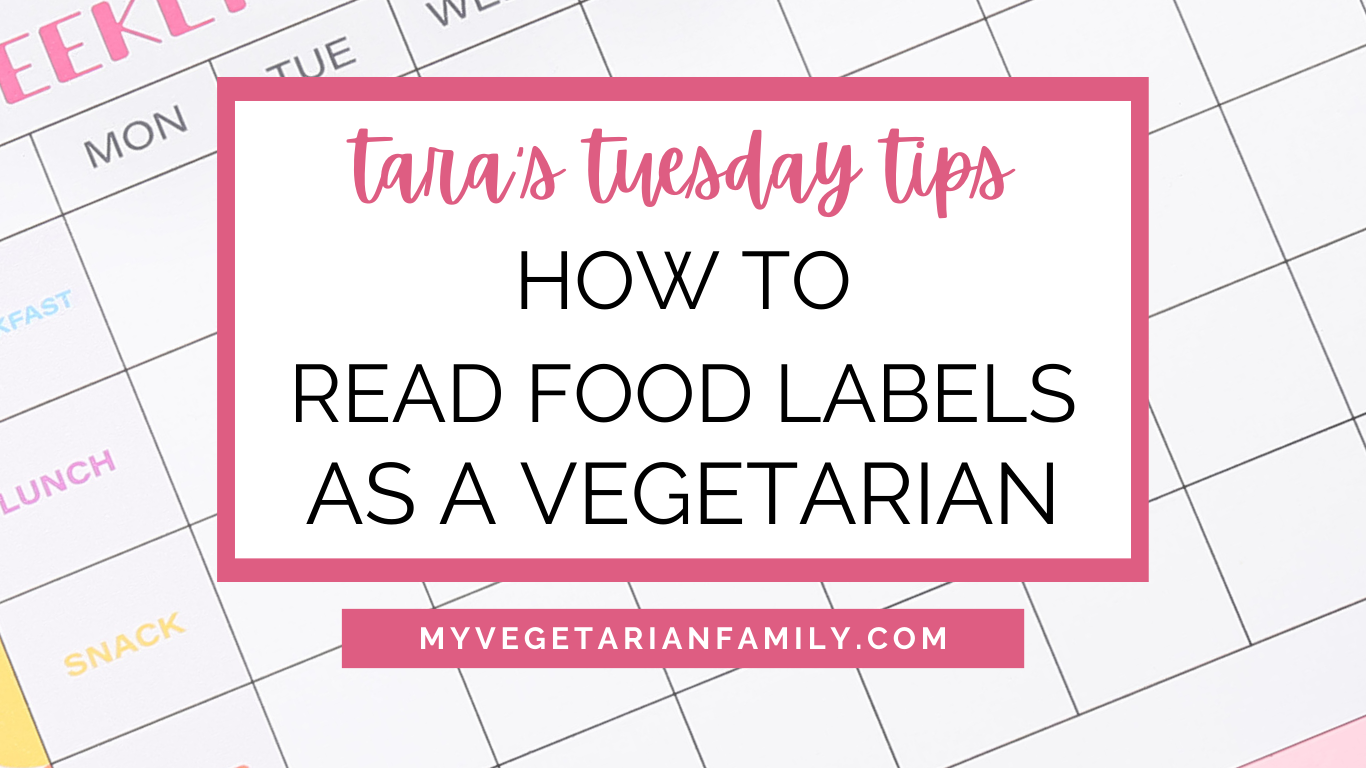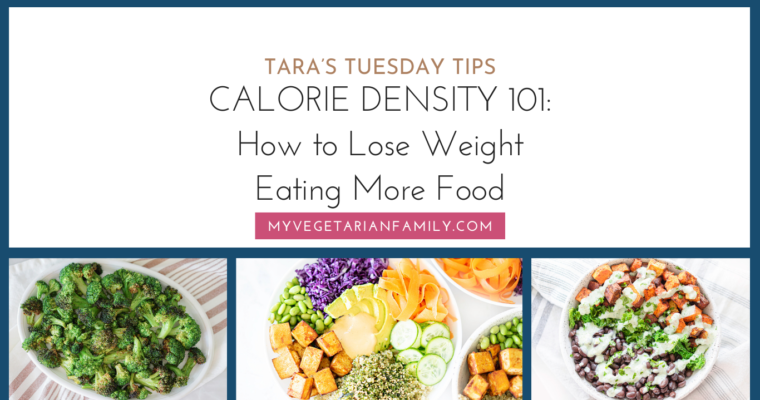Tara’s Top 5 Tips on How To Read Food Labels As a Vegetarian
- Is it labeled vegan or vegetarian on the front?
- Quickest + easiest. If you see V, VG, Vegan, Vegetarian, Certified Vegan, you are good to go.
- Look for allergy warnings
- Another quick option. If the packaging lists an allergy product in the warning then no need to look any further.
- Scan the packaging for obvious animal products
- Your third super quick tip. Check your food labels for chicken, beef, pork, fish, milk, or eggs.
- “May Contain”
- Sometimes, a product appears to be vegetarian or free of animal products and then you find the statement: “may contain traces of milk/dairy/eggs/etc”. This is a legal requirement in the US that the company must disclose on the food label if the product was made in a factory with other allergens. This does not necessarily mean that the product is not safe for vegans.
- White Sugar
- In the US, white sugar is often made with bone char. This is an animal product. Certified USDA Organic sugar cannot be made using bone to comply with organic substances guidelines. So, go organic or go to the manufacturer’s website for their refining process and see if the sugar is refined using bone char.
Know Your Vocabulary!
Words to Look Out For on Labels:
I compiled a list of the most common words you might come across on an ingredient list.
These are all sneaky words for meat/animal products or animal-derived ingredients.
Lard (animal fat) Collagen (from skins + bones of various animals, might also seen labeled as elatin or keratin) Elastin Keratin Gelatin (ground up animal bones boiled into a gelatinous substance used in gummy candies + marshmallows) Aspic (made from meat or fish similar to gelatin) Isinglass (like gelatin, comes from fish bladders, often used in purification of wine + beer) Pepsin (from the stomach of pig) Carmine (coloring extracted from Cochineal – a scale insect, occasionally used to make a red dye) Castoreum (a flavoring from the castor sacs of beavers, sometimes labeled as ‘natural flavor’ to mimic vanilla) Cod liver oil (oil from cod fish) Lysozyme (enzymes derived from various animals) Shellac (a secretion from the body of insects, often used in candy or as a glaze in sweets) Royal Jelly (honeybee secretion)Sneaky Names for Milk Products:
Casein Lactose WheyVitamins:
Vitamin D + Omega-3s are typically derived from fish or fish oils. Look out for ingredient labels in fortified cereals, multivitamins or supplements. If you are looking for a plant-based Omega-3 supplement, look for an algae based supplement.Common foods that might contain sneaky animal products:
Pesto (cheese) Fresh homemade pasta (egg) Marshmallows (gelatin) Gummy candies (gelatin, shellac, carmine) Orange juice (often fortified with omega-3/fish oils) Boxed breakfast cereals (check labels if fortified) Roasted or flavored peanuts (sometimes coated in egg or gelatin to help the coating stick) Chocolate (if you avoid dairy, even some dark chocolates still contain milk products)A Few Other Tips That Might Help:
10 Things On My Grocery List Every Week
How To Find Happiness In The Kitchen
10 Things I Wish I Knew Before Going Plant Based
10 Easy Food Substitutions For Plant-Based Eating
10 Things To Do On Weekends To Make Weeknight Cooking Easier
Food For Thought
When in doubt, leave it out! If you invest the time in understanding the vocabulary, getting to know brands you can trust, keeping photos or lists in your phone or shopping carts, this becomes very easy! Above all, if you have good intentions, know your ‘why’, and do the best you can, that is all you can do! Have more questions? I can help, email me: tara@myvegetarianfamily.com 💚
⭐️Did you learn How to Read Food Labels as a Vegetarian? Leave a comment below, I love to hear from you! ⭐️
📷I love to see your creations! Tag @myvegetarianfamily on Instagram and hashtag it #myvegetarianfamily
💚Be sure to subscribe here to my weekly emails for tips and recipes so that you never miss a veggie thing!


